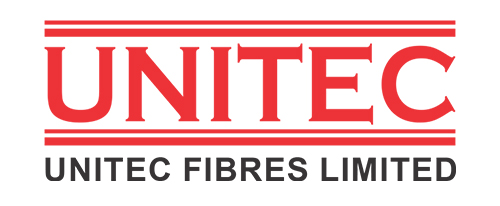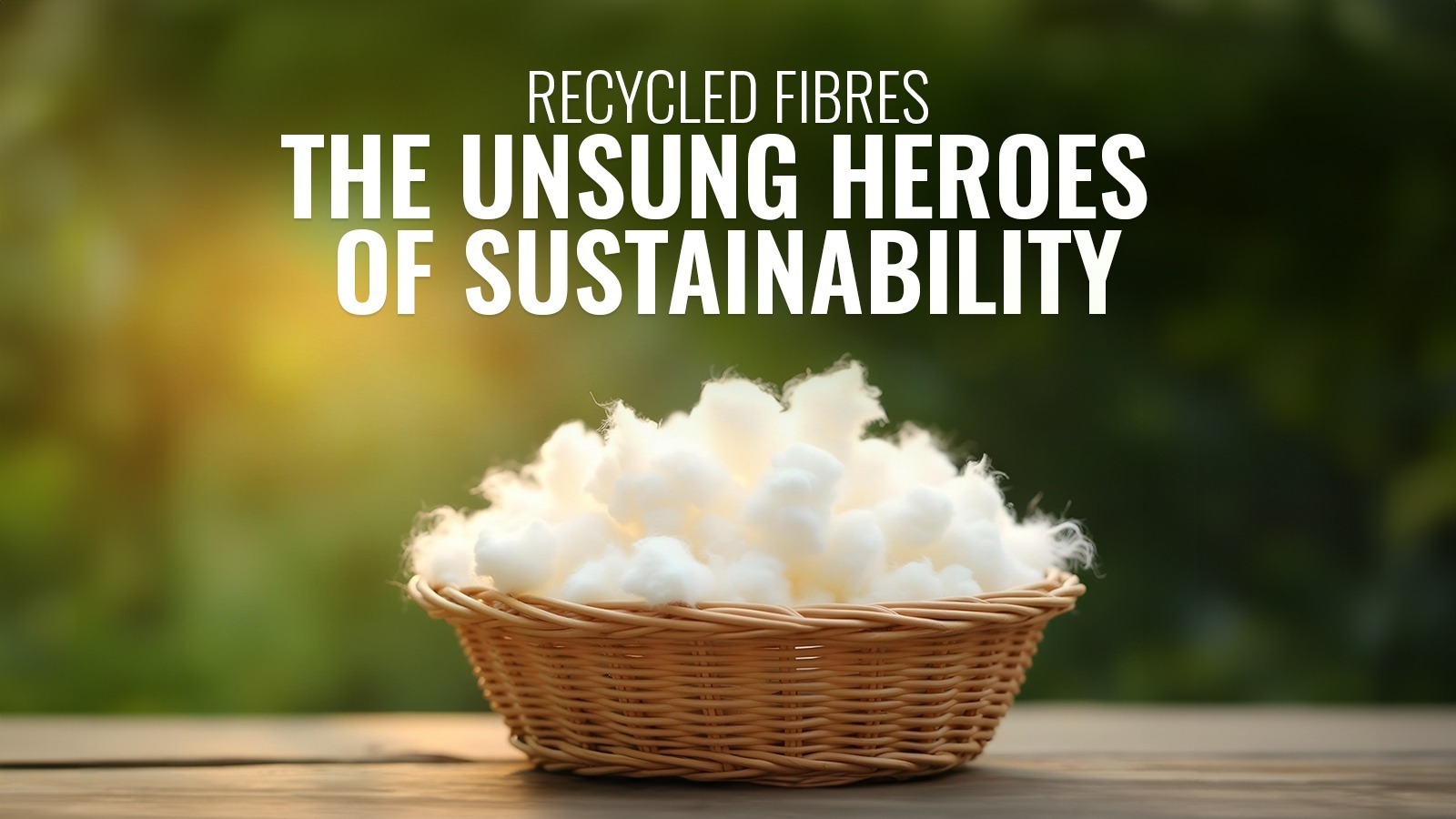In today’s world, PET (Polyethylene Terephthalate) is everywhere – in plastic bottles, packaging, and even textiles.
It’s a versatile material that makes our lives easier, but its widespread use also causes significant environmental problems, like pollution and resource depletion.
Fortunately, recycling PET has emerged to be a powerful solution to reduce waste and conserve and honor our planet’s resources.
But here’s the thing – despite their importance, the role of recycled PET (rPET) fibres often goes unnoticed.
These fibres, made from recycled plastic bottles and other PET products, are quietly making a big difference in several industries, helping the world move towards a greener tomorrow.
What Are Fibres?
Recycled Fibres are made from post-consumer PET waste, which is collected, cleaned, shredded, and turned into raw material.
From there, they can be used in a variety of ways.
You’ll find fibres in products like clothing, furniture, packaging, and even car parts!
They’re the unsung heroes of many industries, reducing the need for new resources and helping to keep plastic out of the landfills.
Where Do Recycled Fibres Make A Difference?
- Textiles: The fashion industry, known for its environmental impact, is shifting towards using recycled fibres to make clothing and fabrics. These fibres are turned into eco-friendly fibers that reduce the need for new polyester, offering a sustainable alternative that meets the growing demand for ethically-made products.
- Packaging: Packaging is another area where recycled PET is making a huge impact. With more of us aware of the problems with single-use plastics, manufacturers are opting for recycled PET in food containers, cosmetic packaging, and electronic cases.
- Automotive: The automotive industry is using recycled fibers in car interiors like seat fabrics, carpets, and insulation. This helps minimize the need for virgin materials, cutting down on waste and resource use in a traditionally resource-heavy sector.
- Construction and Building Materials: Recycled PET is even used in the construction industry, where it’s turned into insulation panels, roofing materials, and more. This shift reduces the reliance on new plastics, making construction projects more eco-conscious.
- Consumer Goods: From furniture to household items, recycled fibres are turning up in everyday products, allowing consumers to make eco-friendly choices without sacrificing design or quality.
Why Is This So Important?
Despite all these uses, the impact of recycled PET often goes unacknowledged.
It’s tucked behind the scenes, making our lives sustainable without a lot of fanfare. But by choosing products made from recycled materials, we can all contribute to a circular economy – a system where waste is minimized, and resources are reused.
It’s not just about recycling; it’s about shifting how we think about consumption and making sustainability the new normal.
Companies like Unitec Fibres are already playing an instrumental role in this shift, taking millions of plastic bottles and turning them into high-quality, eco-friendly yarns and fibres.
This process helps reduce environmental impact and promotes a circular economy.
The Power of Small Choices
So, the next time you’re looking at a product, whether it’s a new pair of jeans, a bottle of shampoo, or even a piece of furniture, consider whether it was made with recycled PET. By choosing recycled materials, you’re helping to reduce waste and conserve resources – all while supporting the planet.
However, raising awareness about recycled PET is only the start.
We also need systemic change. Industries and policymakers need to prioritize sustainability and invest in eco-friendly alternatives.
At the end of the day, it’s up to all of us to embrace the power of recycling, break free from old habits, and think about how we can create a more sustainable future.

